Increased importance of hygiene in the kitchen
If nothing else, the last 18months have made us all aware of the importance of maintaining hygiene, at a personal level as well as at home. While hand hygiene continues to be critical, the relevance and importance of surface disinfection is also key. To reduce the chances of infection, it is expected that the enhanced focus on wellness and demand for hygiene products will continue to grow in the future and that it won’t be long before many of these behavioural changes become long-term habits.
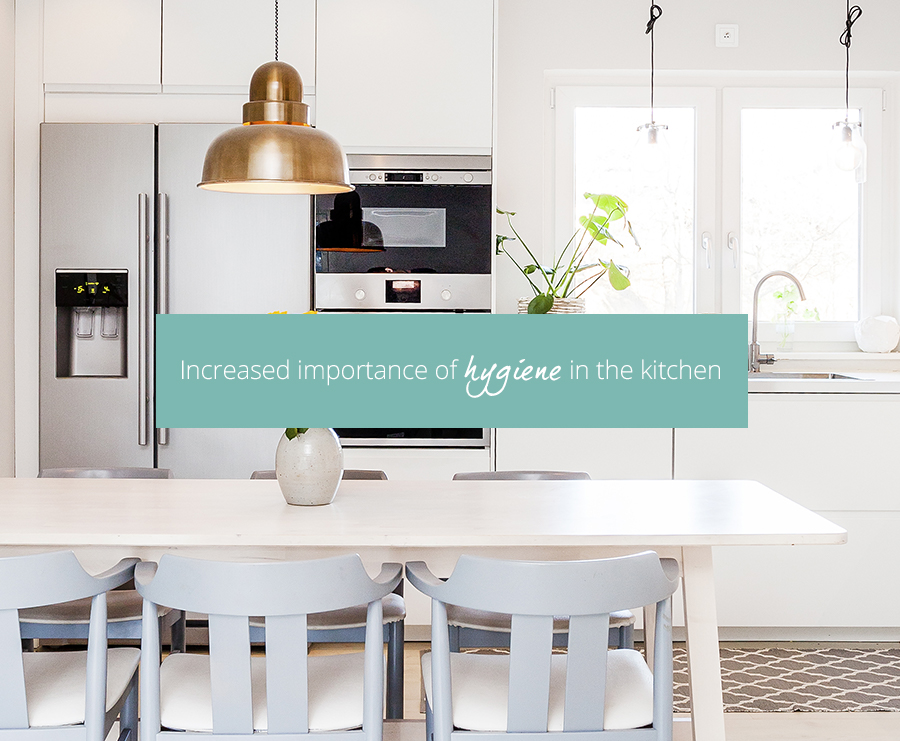
Most of us have become more conscious about cleanliness, hygiene and keeping ourselves and our environments as germ-free as we possibly can. As a result, we are increasingly looking out for products we can trust to deliver on their hygiene promise.
It comes as no surprise that the kitchen is one of the key rooms in the house under the spotlight when it comes to cleanliness. It is used daily, often for multiple functions including preparing, cooking, eating, working, socialising, and entertaining. It is visited frequently throughout the day by everyone in the home and houses surfaces, worktops, handles and appliances – all of which are touched on a regular basis.
So, what measures can be taken to make bathrooms healthier, cleaner, and more hygienic?
Easy-clean sinks & basins: Used regularly throughout the day for washing hands, preparing food, filling kettles, cleaning pots and pans, it is important to keep them clean. Integral and flush-mounted designs keep joins, and therefore grim, to a minimum. Granite sinks repel dirt and bacteria; stainless steel ones have a self-healing surface while copper offers antibacterial properties. Easy-care floors: Having a clean kitchen floor, while not essential, is helpful when it comes to maintaining good general hygiene and keeping a space germ-free. Choice of material is important. Besides cost, aesthetics and installation, different floors provide varying benefits – resistance, warmth, acoustics, and insulation. Look for those that are splashproof, easy to clean, warm to the touch and ideally those that reduce slip hazards.
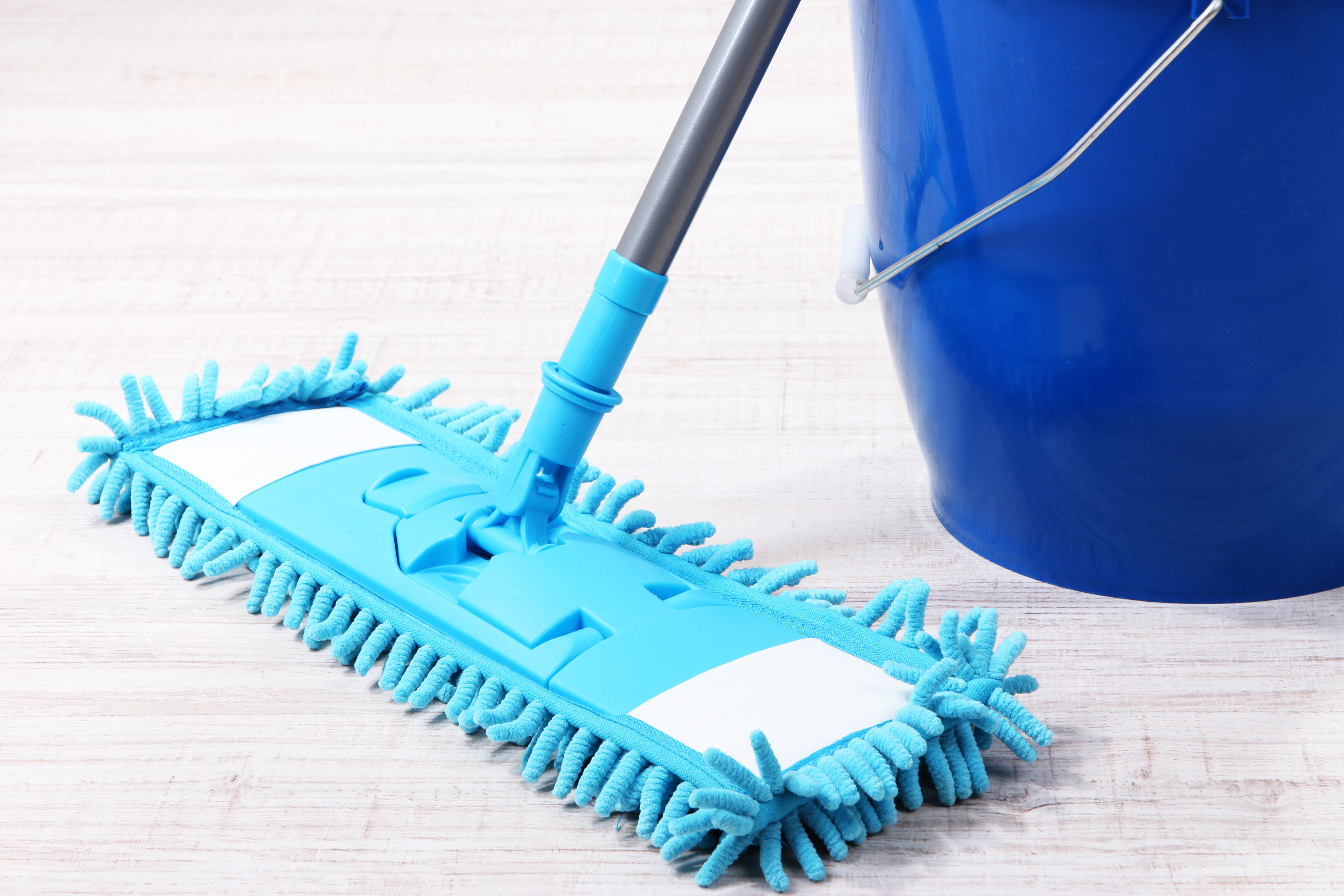
Intelligent taps: A tap is a germ hot spot but thankfully tap design has moved on considerably. One-touch and sensor taps are now widely available – they are convenient, add a splash of luxury and thanks to the infrared sensors help combat bacteria in the wettest part of our homes. Any tap that minimises hand contact and wasted water is a must in the kitchen.
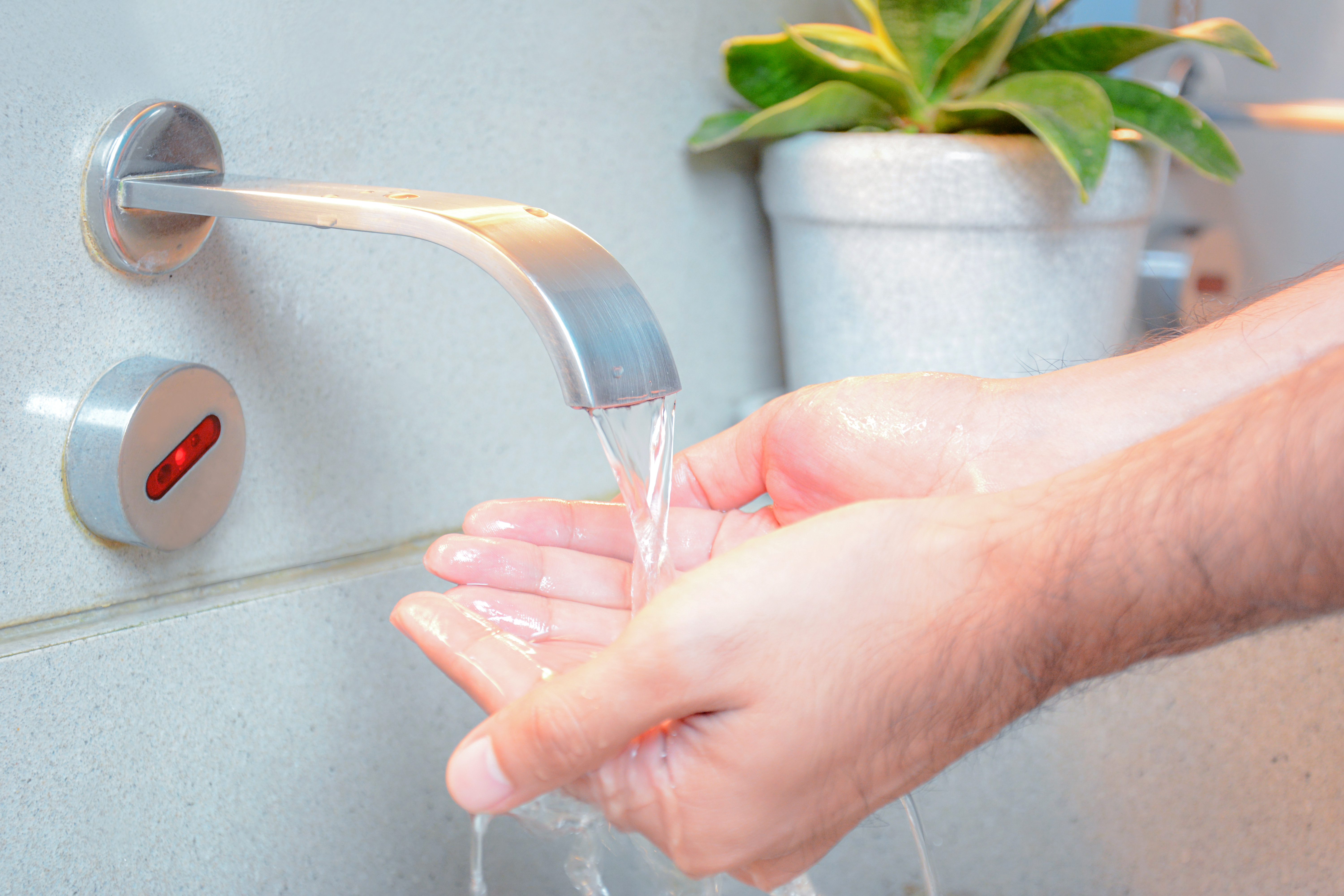
Wipe-clean worktops: The worktop is the hub of the kitchen and in constant use. It must cope with endless wear and tear so must be hard-wearing, scratchproof, and quick and easy to wipe down repeatedly. Choice of material is key. Manmade materials such as quartz and composite stone vary in durability and heat resistance but score highly for hygiene. Natural surface materials such as marble, timber and granite need to be sealed first to prevent bacteria and moisture seeping through.
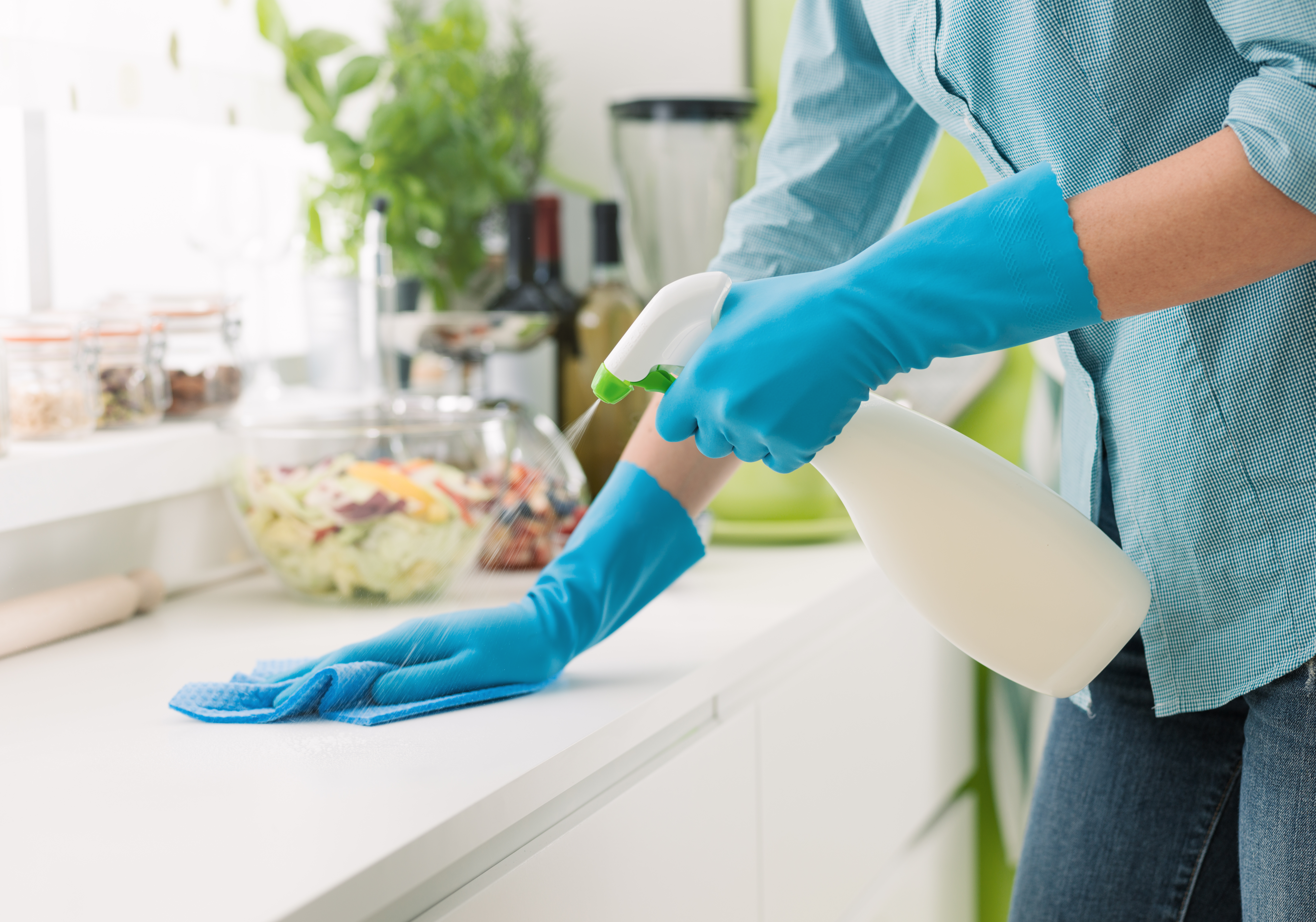
Simple-to-install splashbacks: Another hot-spot for grim and bacteria is the area behind a hob, cooker, oven, or sink. These areas of the kitchen are prone to splashes and stains generated by cooking and are often exposed to moisture and steam. Glass kitchen splashbacks are a hygienic alternative to tiles and grout which can harbour bacteria. A splashback made of glass is easy to wipe down and keep clean and can be sealed safely with silicone sealant while creating a stunning design statement.
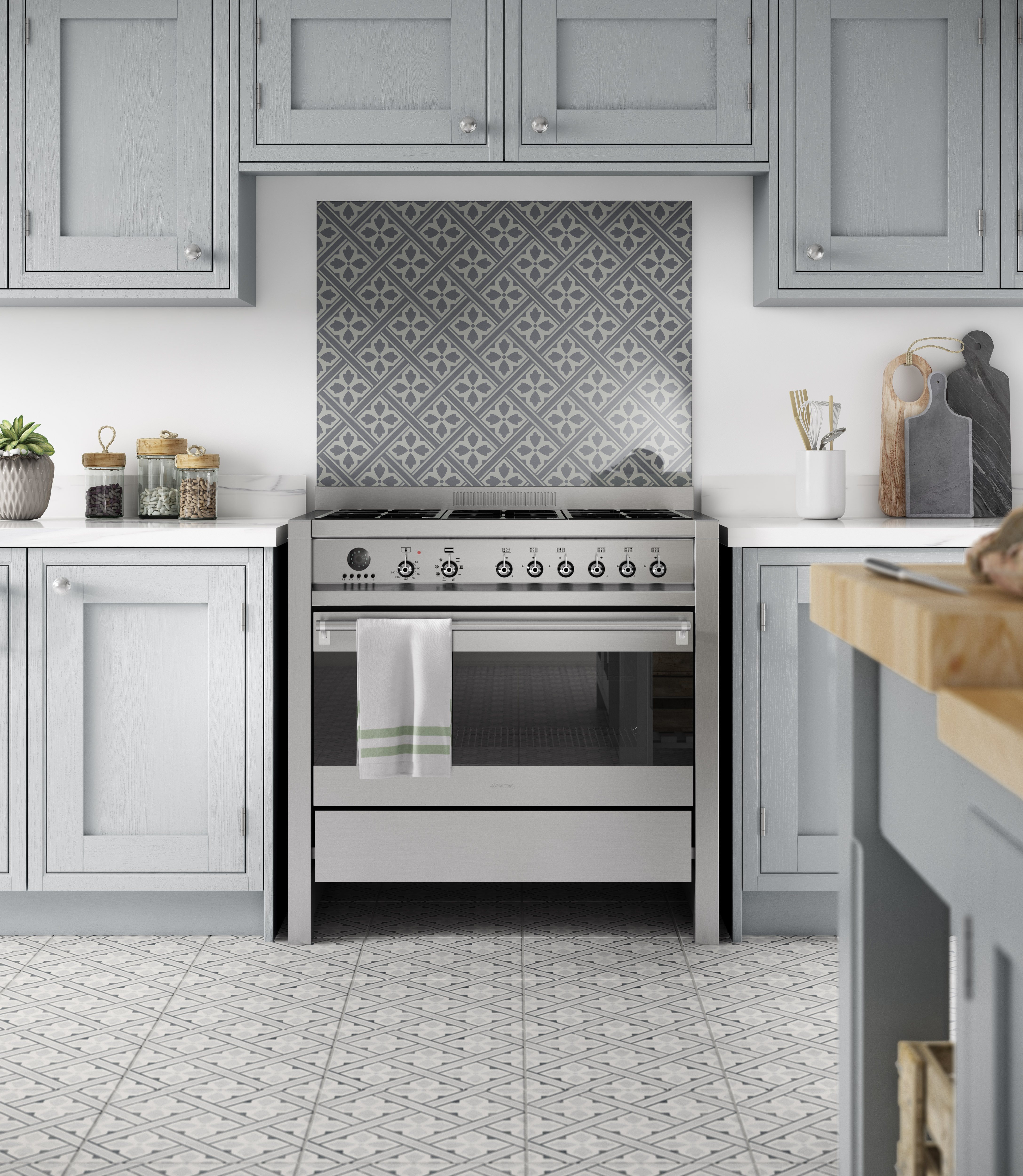
28th Jun 2021




